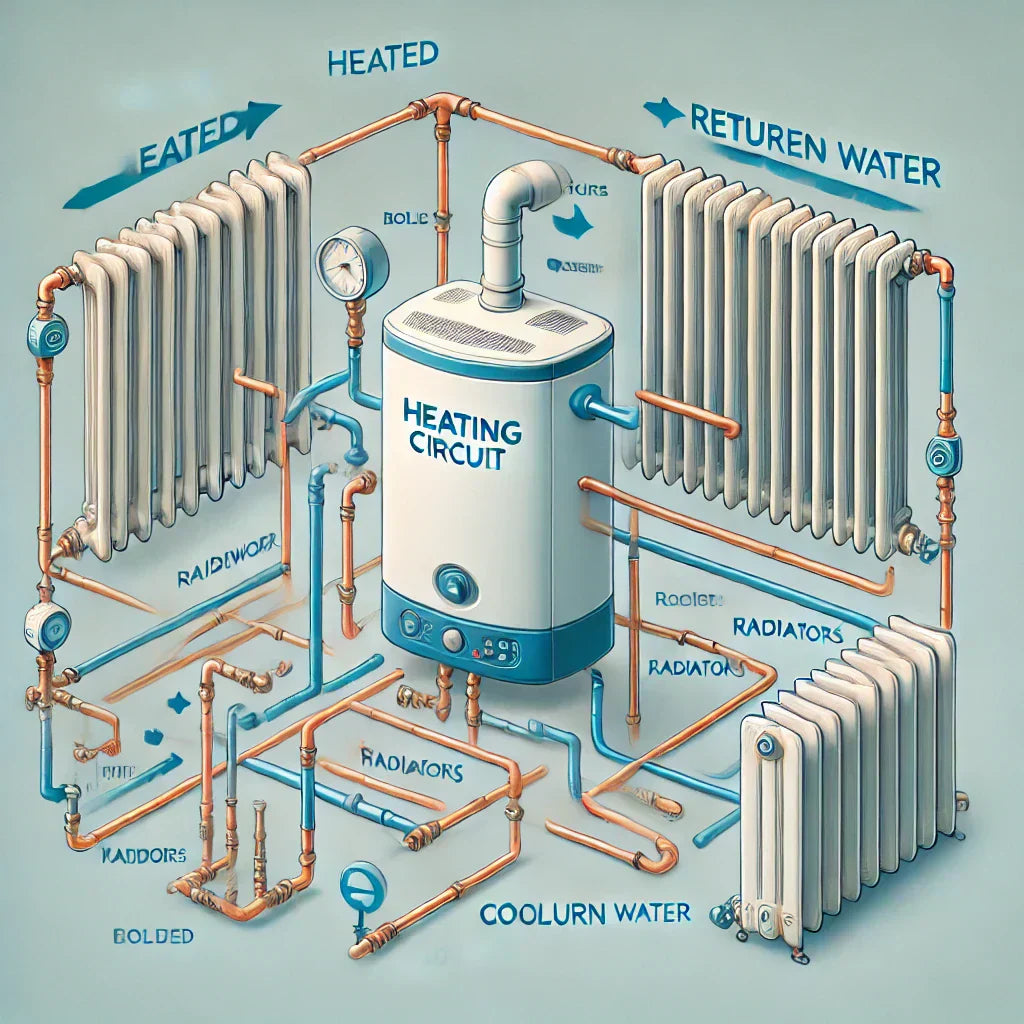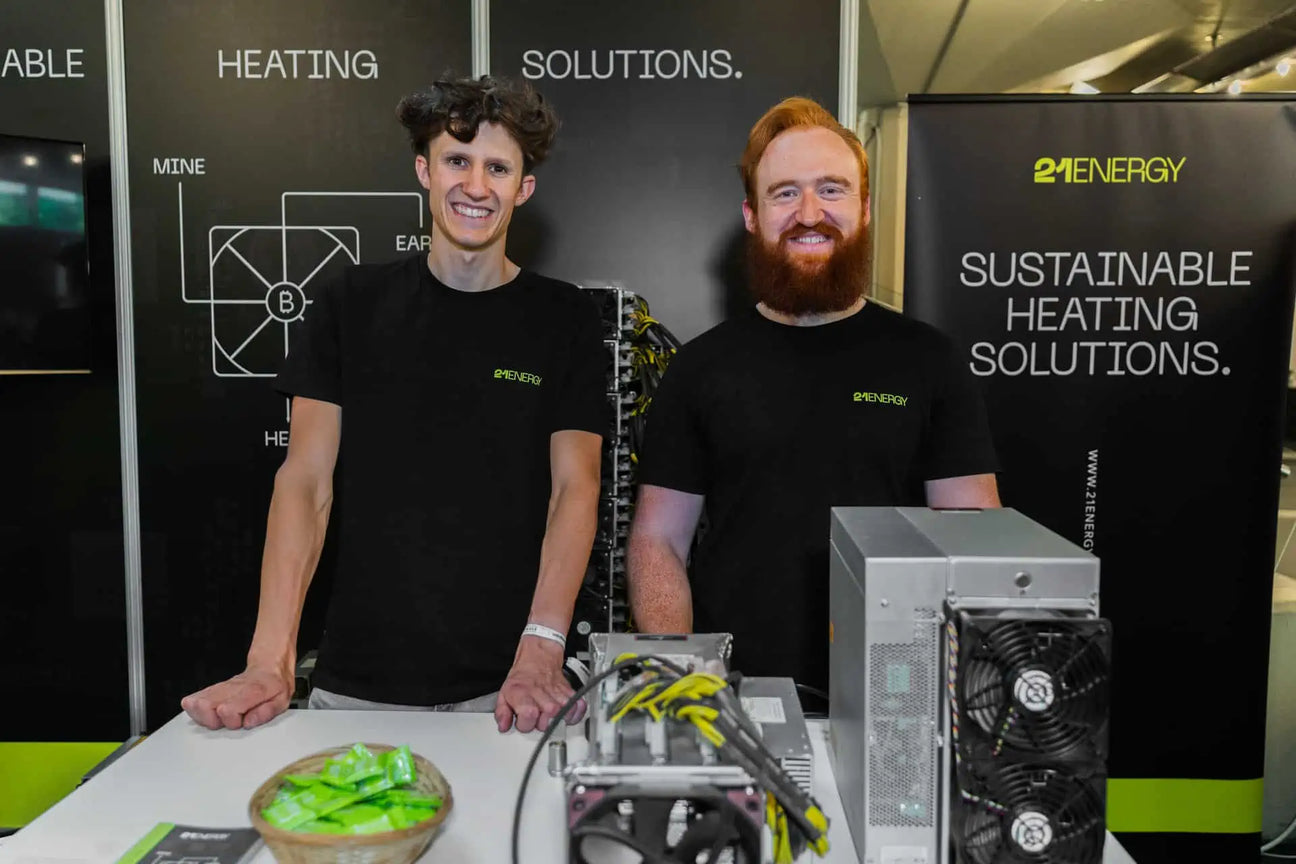How radiators work: how heat gets into our rooms

Header-Image: AI-created (ChatGPT/DALL-E)
Radiators are almost indispensable in our buildings and for our lives. Thanks to them, we can rely on a warm home even in the cold season: they bring converted energy into our rooms as comfortable warmth and are therefore essential components of modern heating systems. But how exactly do radiators work? This article provides an insight into how classic radiators work and looks at an alternative form of heating that is revolutionizing heating.
How does a classic radiator work?
While radiators are part of our everyday lives, we rarely think about exactly how they work. It's worth taking a look: how is a radiator constructed and how does it work?
Common radiators consist of a metallic surface. They are part of a closed heating circuit. A heating medium is heated in such a circuit. Usually, water is heated in a central heating system. The hot water then enters pipes and finally flows into the radiators. There, the heat is transferred to the room using physical principles. The cooled water then flows back to the heating system where it is heated again.
The process in detail:
- The heating medium is heated in a heating system - for example in a boiler or a heat pump.
- Next, the hot water is transported to the radiators via pumps and pipes.
- The warm water then flows through the channels inside the radiator. The radiator transfers the heat to the room air through its metal surface.
- The cooled water then flows back to the heating system. The cycle then starts again.
How radiators give off heat: physical principles
Two basic physical mechanisms are responsible for heat transfer through a radiator:
- Convection: air heats up on the surface of the radiator. The warm air rises and circulates in the room.
- Radiation: Heat is transferred directly from the surface of the radiator to objects and people in the vicinity.
These mechanisms cause the room temperature to rise evenly. The ideal location for a radiator is under a window, for example. By directly heating the cold air entering the room, the convection effect can be enhanced.
Future-oriented radiators
The physical principles of heat transfer are still valid - but in times of innovative technology, it is obvious that radiators have also evolved. Current heating systems enable the waste heat generated to be used particularly efficiently. One example of this is heaters that combine heating with the mining of cryptocurrencies: Bitcoin heaters.
How does a Bitcoin heater work?
The Bitcoin heater provides heat by using computing power. When mining the cryptocurrency Bitcoin, computing processes take place that generate waste heat. With special heaters such as those from 21energy, this heat can be used as space heating.
Ofen 2 pähkinänkuoressa


Ofen 2
(Ø 1 vuosi)
As 06.2025
(Ø 4 vuotta)
As 06.2025
This is how the process works:
- First, complex computing tasks are carried out by high-performance computers in the Bitcoin heaters. This is how Bitcoin is mined: the so-called mining process. Waste heat is generated as a by-product.
- This waste heat can be used in a similar way to a conventional radiator: it is released into the room. Unlike conventional radiators, however, no additional energy is required for heating.

Image: 21energy
Doubly used radiators
Normally, the surplus energy would remain unused during mining. However, the intelligent technology of Bitcoin heaters allows it to be used efficiently. This makes Bitcoin heaters a more sustainable option.
There is also another advantage: in addition to comfortable heating, mining bitcoins can also generate financial income. Last but not least, this can reduce energy costs. You can easily find out how much you can save with this calculator.
Laske vuotuiset lämmityssäästösi
Conclusion: Using the functions of radiators efficiently
The way radiators work is a fascinating process that combines physics and technology. There are exciting principles behind ordinary radiators. It becomes even more interesting when you take a look at innovative modes of operation such as the Bitcoin heating system from 21energy. Their dual use proves that radiators can be anything but ordinary. You can find out more about how Bitcoin heaters work in this video.
Send forward
Your share can inspire countless others.

















































